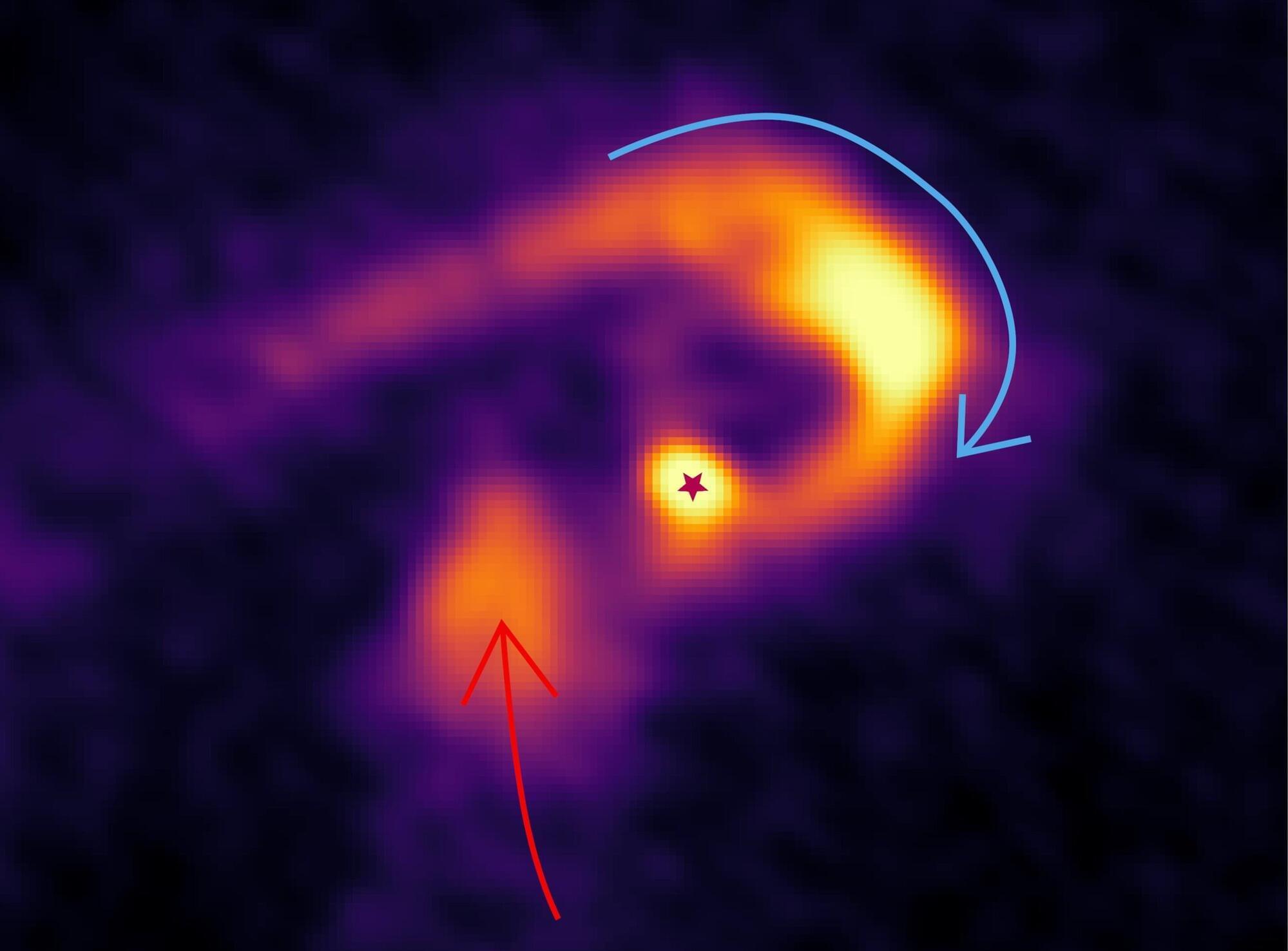The size of our universe and the bodies within it is incomprehensible to us lowly humans. The sun has a mass that is more than 330,000 times that of our Earth, and yet there are stars in the universe that completely dwarf our sun.
Stars with masses more than eight times that of the sun are considered high-mass stars. These form rapidly in a process that gives off stellar wind and radiation, which could not result in stars of such high mass without somehow overcoming this loss of mass, or feedback. Something is feeding these stars, but how exactly they can accumulate so much mass so quickly has remained a mystery.
Observations have proposed that enormous disk-like structures that form around a star— accretion disks —might be the chief way of rapidly feeding young stars. However, a team of researchers from several institutions, including Kyoto University and the University of Tokyo, has discovered another possibility.
